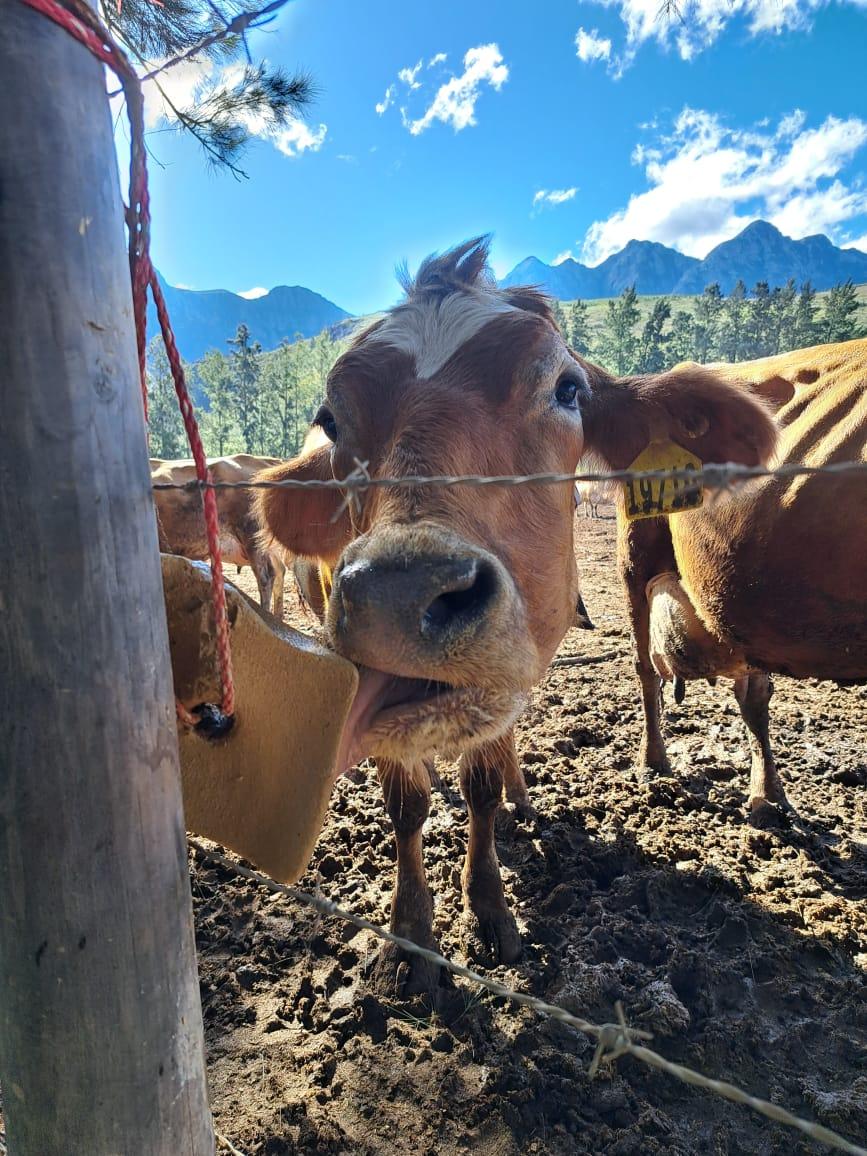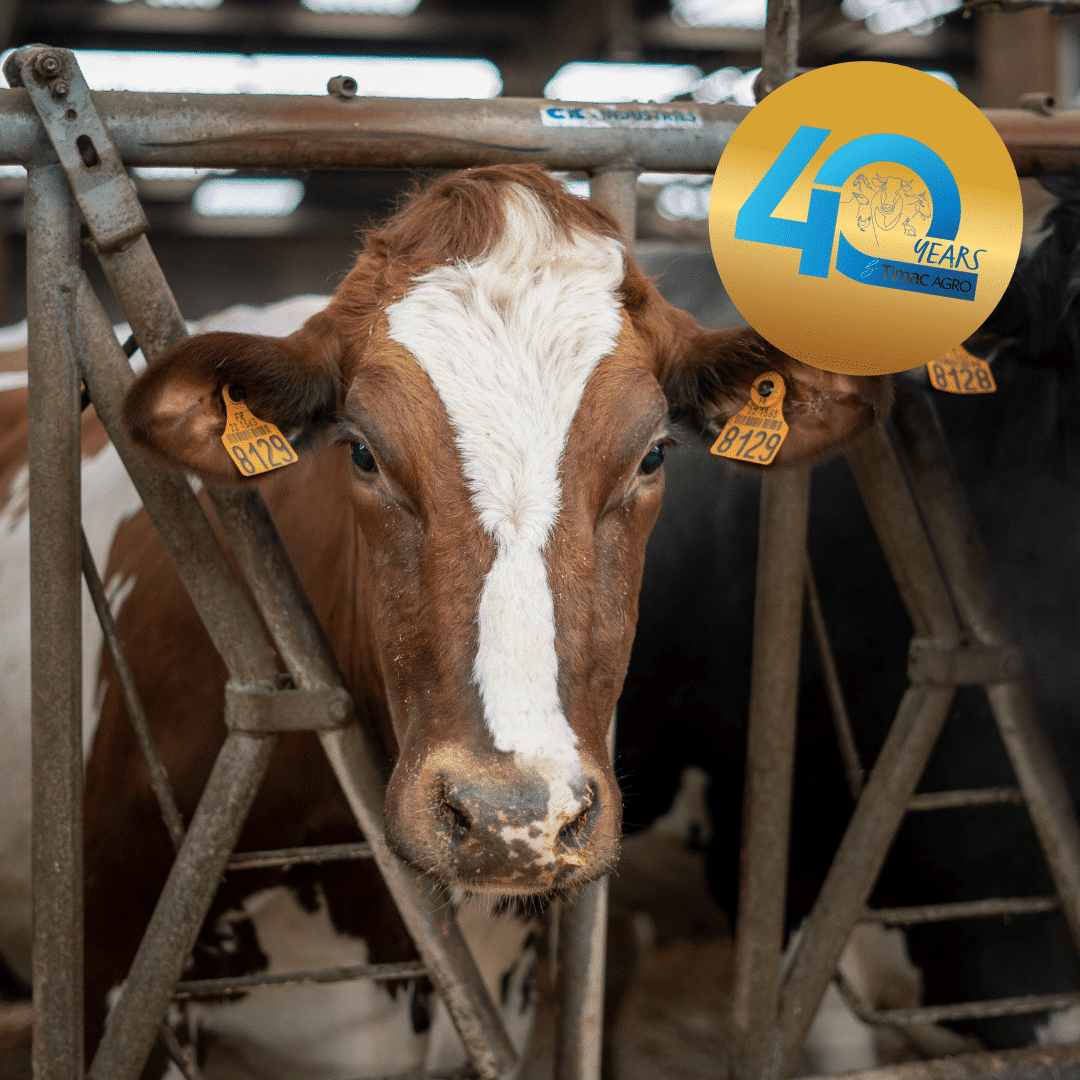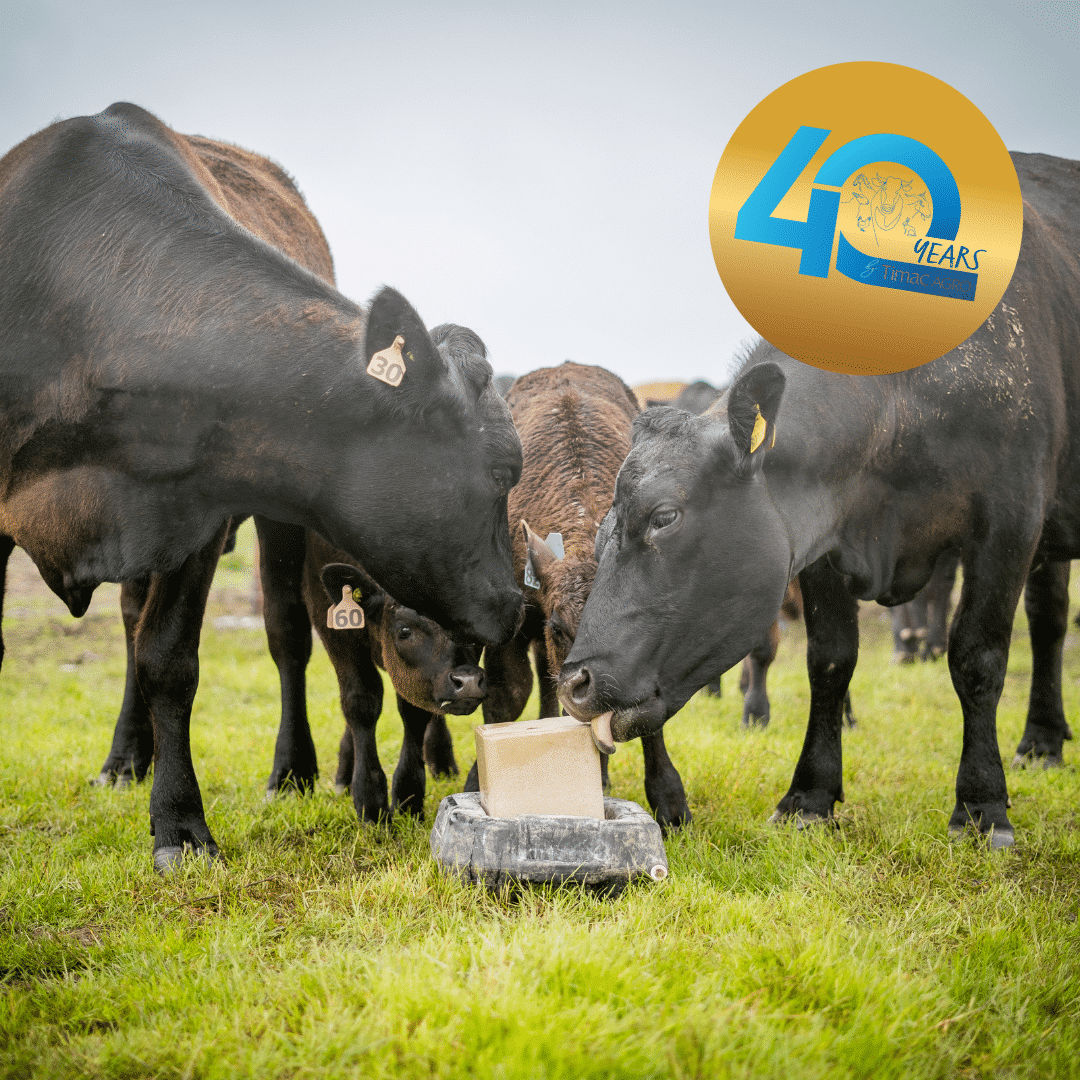Nutrition is a key factor in the success of livestock farming, and the most important expense for a farmer. To ensure the health of their herds and the return on investment (and therefore their income), breeders must provide their animals with a precise diet, and make the most of it.
It’s not only about feeding, it’s a question of making sure each animal gets the best out of its ration, therefore meeting its vital needs and ensuring good growth and/or optimum milk production. This is particularly true when talking about cattle, representing a large portion of the world’s herds.
Committed to working alongside livestock farmers, TIMAC AGRO creates animal production solutions, designed in partnership with agronomic researchers. These solutions guarantee enhanced nutrition, adapted to the needs and well-being of animals and to the various breeding techniques (soilless, pasture, other…).
Covering the basics of animal nutrition
In order to meet animals’ basic needs, balanced, high-quality nutrition must first cover the fundamentals.
Bringing nitrogen
First and foremost, protein is needed for proper growth and muscle production. Part of this supply comes from nitrogen, converted by the body into protein. Nitrogen is naturally present in the grass eaten by animals and in forage (an element which is at the heart of many agricultural problems!). However its assimilation in the body is not that simple.
Proteins and energy
This is where the second element of a good ration comes: energy. It serves to transform the ingested nitrogen. This energy comes from fats, sugars, fibers, etc. It is present in such crops as soybeans and peas. And it is also notably present in forages such as alfalfa or clover: these nitrogen-fixing plants naturally provide the animal with an enormous amount of protein.
Minerals and vitamins
Even if they are not the center of the ration, they play a fundamental role in the good health and well-being of animals. Minerals are involved in the hormonal, muscular, nervous and immune systems. Vitamins also play a variety of roles. Vitamin E, for example, boosts immune defenses, facilitates delivery and supports fertility… Vitamin A also supports fertility and immunity… So many essential mechanisms to support the body as a whole.
While these three bases shape the foundation of every bovine’s ration, it’s important to understand each animal has its own specific needs. Age, physical condition, health are all parameters modifying the needs of each animal within the same herd.
Supplements, breeders’ allies
To complete this base, breeders rely on a second pillar: prevention through supplements. These have a number of roles: to ensure that the ration is properly transformed, to maintain the intestinal fauna, to prevent the risk of diseases… They complement the basic ration. Each problem (deficiency, parasite) can be addressed with an appropriate supplement. For example, for the growth of young animals, whose needs are specific, supplements can provide a range of easily-assimilable minerals and elements, such as phosphorus and magnesium (important elements for their growth).

The secret to these supplements?
Salt! Cattle are naturally attracted to the sodium in salt, and they enjoy salty supplements with appetite. Blocks and buckets are therefore based on this natural appetite to attract animals and make them ingest all the active elements. Playing on the natural phenomenon of sodium self-regulation, these supplements contain vitamins, minerals and active ingredients to boost the animal’s metabolism at key moments in its growth.
TIMAC AGRO specializes in the production of quality supplements. Our recipes, inspired by our extensive knowledge of the world of agriculture and our years of research in the field, are based on natural plant extracts to limit numerous risks. Each animal has its own needs and its own recipe!



